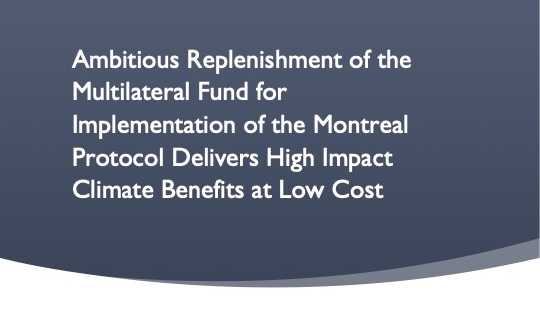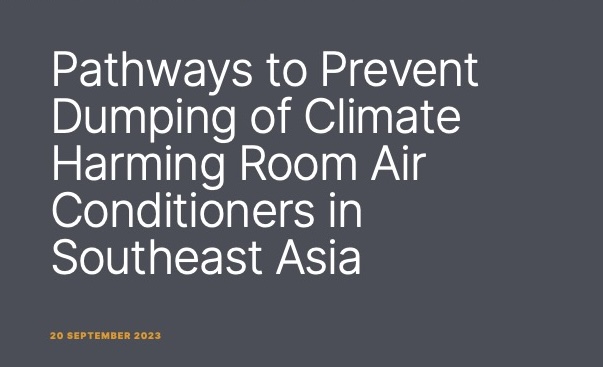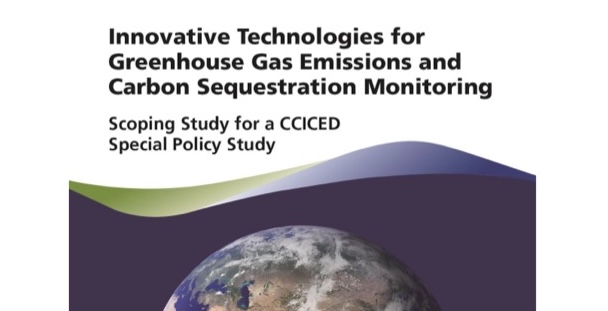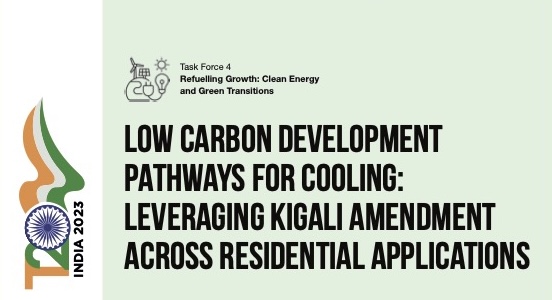The Kigali Amendment’s and China’s Critical Roles in Evolving the Montreal Protocol
The following is a review of the continuing evolution of the Montreal Protocol on Substances that Deplete the Ozone Layer, including the Kigali Amendment’s critical role in evolving the Montreal Protocol into a full-fledged climate treaty. Before the Kigali Amendment, the Montreal Protocol controlled about 100 ozone-depleting substances including chlorofluorocarbons and hydrochlorofluorocarbons, which are powerful greenhouse gases (GHGs), and thus the Montreal Protocol has always contributed significantly to the mitigation of climate change. The Kigali Amendment expanded the scope of the Montreal Protocol to encompass explicitly the phasedown of super GHGs, or those with very high global warming potential in the form of hydrofluorocarbons (or HFCs), although they have only a negligible impact on the ozone layer. We also discuss energy efficiency improvements to cooling equipment, which, because of the opportunity to simultaneously upgrade the energy efficiency of equipment, augments the climate change mitigation potential of the substance phasedowns and reduces related air pollutants by reducing indirect emissions from electricity generation. Phasing down HFCs has the potential to avoid up to 0.5ºC of warming by 2100. Improvements to the energy efficiency of cooling equipment could perhaps double this.








